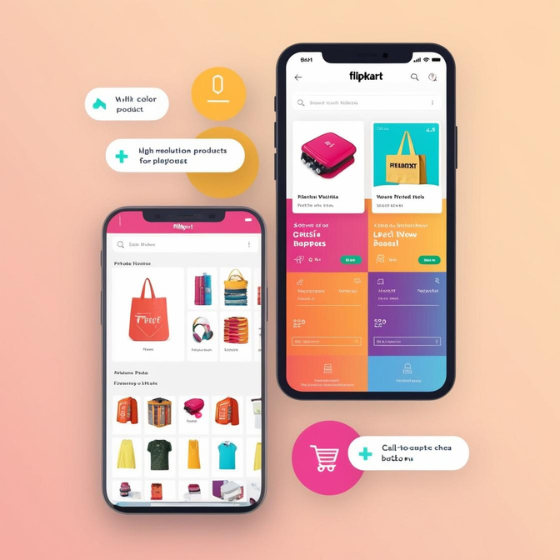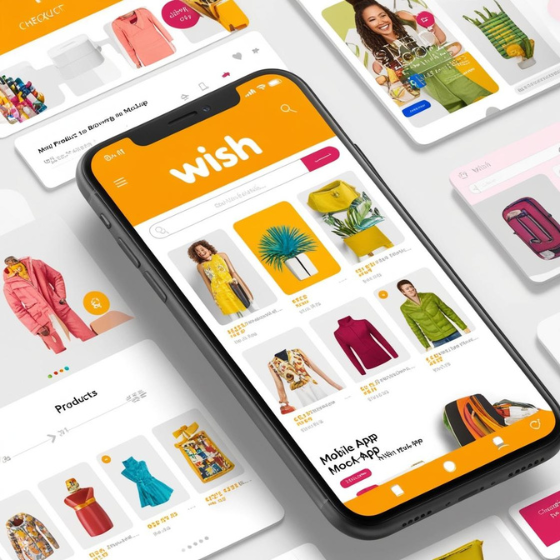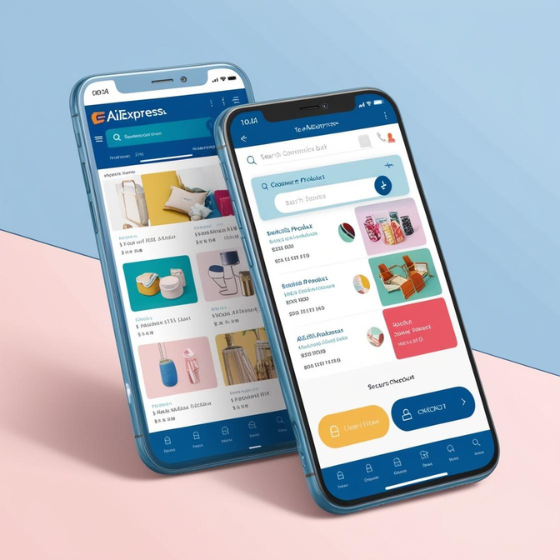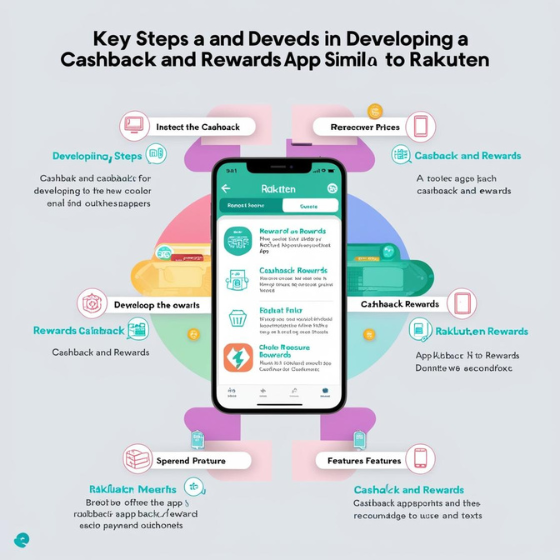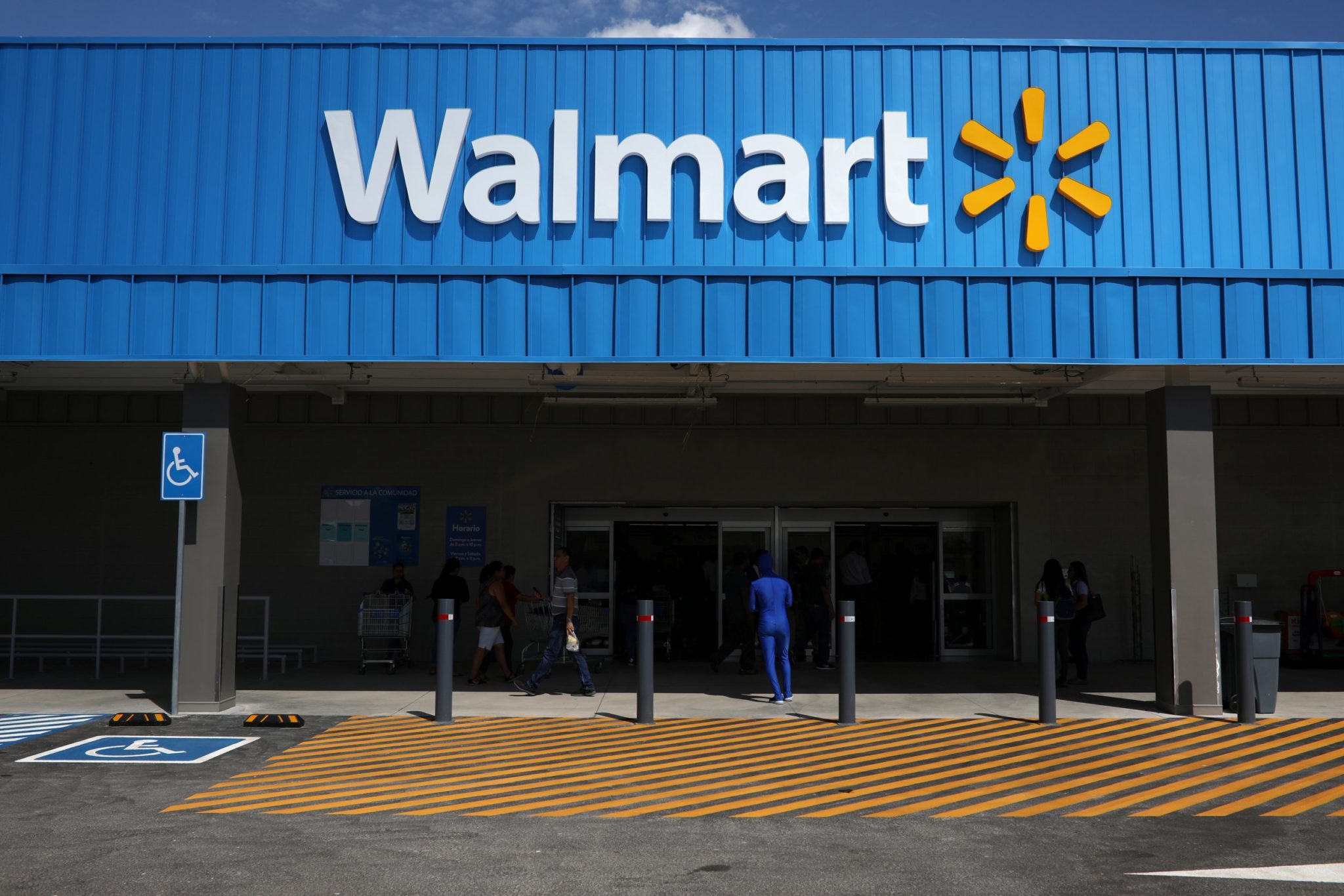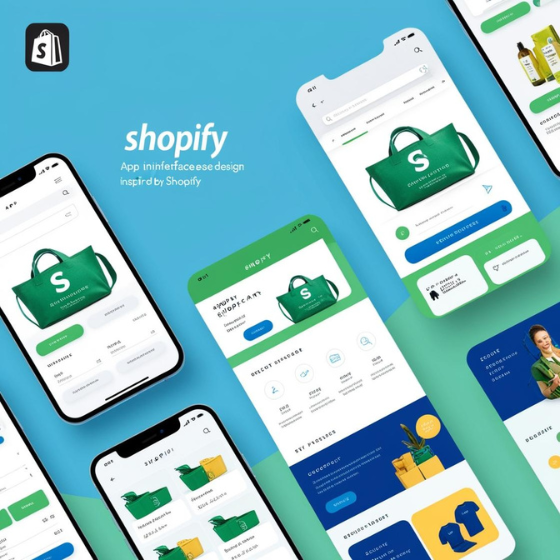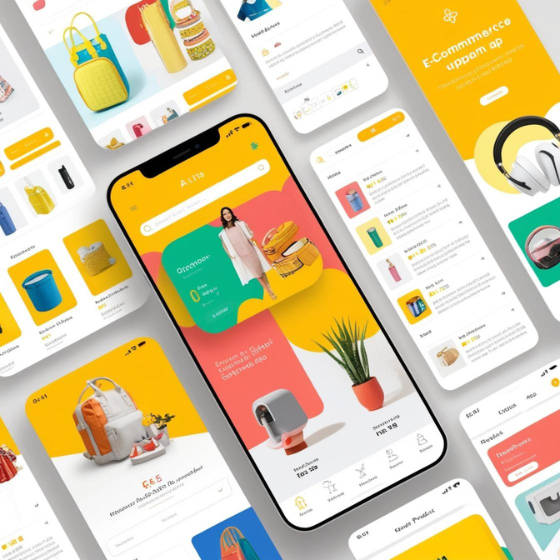How to Make an App Like Flipkart: A Comprehensive Guide to Building a Successful E-commerce Platform
In today’s fast-paced digital era, e-commerce platforms are shaping the way we shop. One of the biggest success stories in the Indian e-commerce landscape is Flipkart, a platform that revolutionized online shopping in the country. If you’ve ever wondered, “How to make an app like Flipkart?” you’re not alone. With the growing demand for online shopping solutions, building an app similar to Flipkart is a lucrative opportunity.
In this blog, we’ll explore the key steps to build a successful e-commerce app like Flipkart, covering everything from market research and design to technical development and launch. By the end, you’ll have a clear roadmap to create an app that can compete in the bustling e-commerce market.
Why Building an App Like Flipkart is a Smart Move
Before diving into the “how,” it’s important to understand why creating an app like Flipkart is a valuable endeavor. According to Statista, the number of online shoppers in India is expected to reach over 250 million by 2026, making it a thriving market for e-commerce businesses.
Creating an app like Flipkart opens the door to an immense market of consumers who are increasingly relying on mobile shopping. Whether you’re a startup or an established business, having a robust e-commerce platform can help you tap into this vast customer base.
But how exactly do you create an app that resonates with millions of users? Let’s break it down.
1. Understanding the Features of an E-commerce App Like Flipkart
When asking, “How to make an app like Flipkart?” it’s important to recognize that the key to success lies in offering the right features and functionality. A platform like Flipkart incorporates a wide range of features designed to improve the user experience, enhance functionality, and ensure smooth transactions. Here are the must-have features for any e-commerce app:
User Registration and Profiles
Allow users to create personal accounts, save shopping preferences, and track their orders. This helps in providing personalized experiences and recommendations, which are crucial for increasing sales.
Product Catalog and Filters
A detailed product catalog with high-quality images, descriptions, and categories is essential. Advanced filters (such as price range, size, color) will also help users navigate through thousands of products effortlessly.
Search Functionality
A powerful search engine is key to helping users quickly find products. You can also include voice search features, which are becoming increasingly popular in e-commerce apps.
Payment Integration
Your app should support multiple payment methods, including credit/debit cards, net banking, and wallets, to cater to a wide range of customers.
Push Notifications
Push notifications can be used to send updates about promotions, deals, and order statuses, helping you keep customers engaged and informed.
Order Tracking
One of Flipkart’s standout features is its ability to provide real-time tracking. Integrating this feature allows users to keep tabs on their purchases, adding value to their shopping experience.
2. Conduct Thorough Market Research and Competitive Analysis
Before you start building an app like Flipkart, market research is essential. You need to understand the needs of your target audience, what they’re looking for in an e-commerce platform, and how you can provide a better solution than your competitors.
Conducting a competitive analysis will give you insights into the features, functionality, and overall design that successful e-commerce platforms like Flipkart offer. Additionally, evaluating user reviews and feedback can help you identify pain points in existing apps, which you can address in your app to offer a more refined solution.
3. Design and User Experience (UX)
The design of your app is crucial to its success. A well-designed app not only attracts users but also enhances their shopping experience. Flipkart, for example, places a strong emphasis on user-friendly navigation and intuitive design. Here’s how you can ensure your app provides a seamless experience:
Clean and Simple Interface
Focus on creating a clutter-free interface that makes it easy for users to navigate the app. Keep the most essential features front and center and minimize distractions.
Mobile-First Design
Since most users will access your app via mobile devices, prioritize mobile-friendly design. It should be responsive, ensuring a smooth experience on various screen sizes.
Personalization
Leverage data analytics to personalize the shopping experience. Based on past purchases or browsing history, you can recommend products tailored to each user.
Fast Loading Speed
No one likes waiting for a slow-loading app. Optimize your app’s speed to ensure users don’t abandon it out of frustration.
4. Choose the Right Technology Stack
One of the critical decisions when building an app like Flipkart is selecting the right technology stack. The technology stack refers to the combination of programming languages, frameworks, and tools used to build the app. Here’s a general overview of what you’ll need:
Frontend Technologies
The front-end of your e-commerce app is the face of the platform. It needs to be visually appealing and easy to navigate. Common technologies for mobile apps include:
- React Native
- Flutter
- Swift (for iOS)
- Kotlin (for Android)
Backend Technologies
For the back-end, where all the data is processed, you’ll need a robust server-side solution:
- Node.js
- Ruby on Rails
- Python Django
Database
You’ll need a scalable database to store user and product data. Some popular choices include:
- MySQL
- MongoDB
- PostgreSQL
Cloud Storage
For storing large amounts of product images and videos, you should integrate cloud storage solutions like:
- Amazon S3
- Google Cloud Storage
5. Development, Testing, and Launch
With the design and technology stack in place, it’s time to start developing your app. Here’s a breakdown of the key stages:
App Development
You can choose to develop the app in-house or hire a mobile app development agency. Regardless of the choice, ensure the developers are skilled in building scalable, secure, and responsive apps.
App Testing
Testing is a critical part of the development process. Perform rigorous testing, including:
- Functional Testing: Ensure all features work as expected.
- Usability Testing: Evaluate the user experience.
- Performance Testing: Test the app’s speed and responsiveness under heavy loads.
- Security Testing: Test for vulnerabilities to ensure user data is protected.
Launch and Post-Launch Marketing
Once the app passes all testing stages, launch it on popular app stores like Google Play and the Apple App Store. Post-launch marketing is essential for getting your app noticed. Consider using email marketing, social media promotions, and influencer partnerships to boost visibility.
Conclusion: Take the Leap and Create Your Own E-commerce App Like Flipkart
Now that you know how to make an app like Flipkart, it’s time to take the next step in your entrepreneurial journey. Building a successful e-commerce platform requires careful planning, a user-centric approach, and the right technology stack. With the right team, strategy, and execution, your app can be the next big thing in the e-commerce world.
At Sodio, we specialize in creating custom mobile applications tailored to your business needs. Whether you’re looking to build an app like Flipkart or have another innovative idea in mind, we have the expertise to bring your vision to life. Explore our mobile app development services and get started today.
